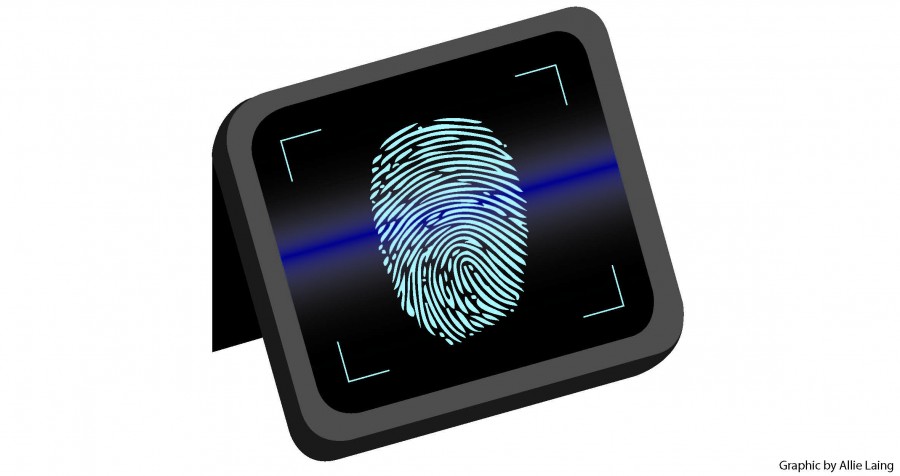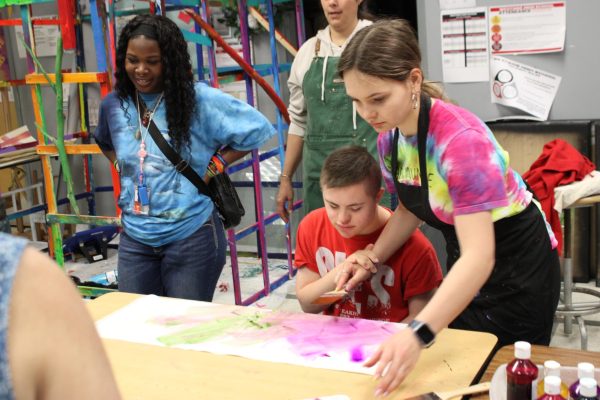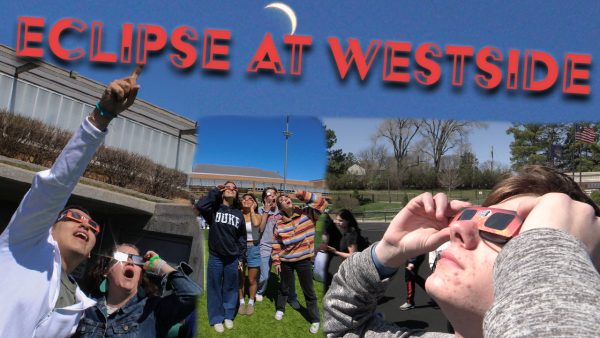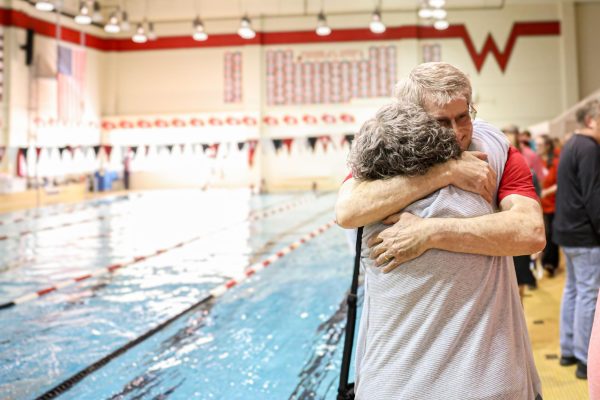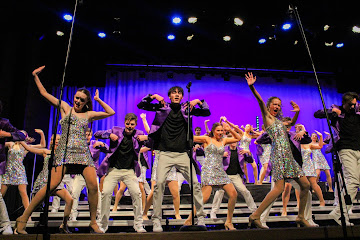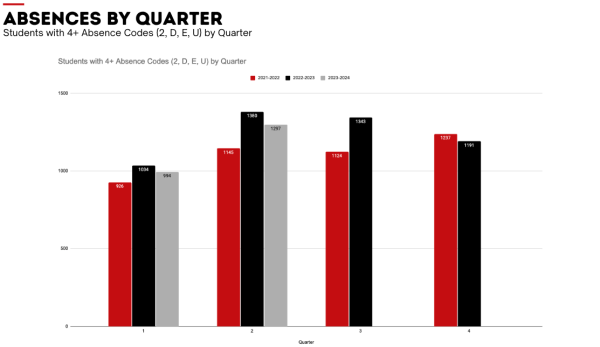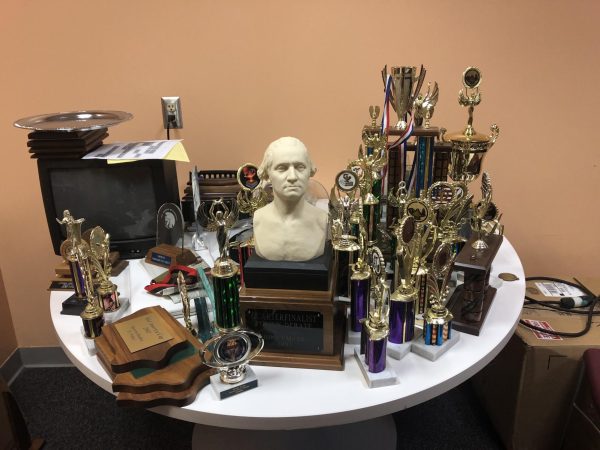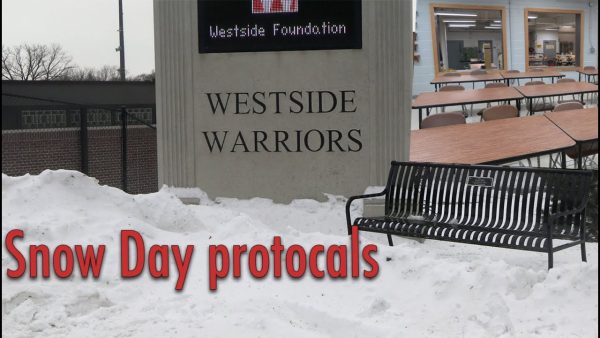New lunch payment features finger scanning
UPDATE (Nov. 12, 11:47 a.m.): Westside culinary manager Sharon Schaefer emailed all Westside students at 9:22 a.m. to tell them to report to tables outside of the Café Express to sign up for the biometric finger scan system. Students will be able to do so through Friday.
UPDATE: Students began signing up for the finger scanning system today. Students will be able to sign up throughout November.
Gone are the days of typing out a five-digit code and fumbling with your school ID to purchase lunch in the Courtyard at Westside. Gone, too, are slow moving lunch lines.
Over the past month, Westside Director of Nutrition Services Diane Zipay has been mailing out letters to parents of Westside students informing them about Westside’s latest high-tech venture. Zipay is preparing a Tuesday, Dec. 2 rollout of a new payment system for student lunches.
The system will replace the current code and ID payment method with something called biometric finger scanning. Using a system that may remind Westside students of Apple’s Touch ID, the district hopes to improve student lunch account security and end the struggle with forgotten or lost IDs by allowing students to simply place their finger on a scanner to purchase lunch.
“…Kids would lose their ID, and then they’d have to go up to the office to get another ID,” Zipay said. “After they lost so many IDs, they’d have to pay $5 to replace the lost ID. You have students who are on free and reduced lunch who don’t have $5. They need their ID to get their free lunch, and it just created all kinds of problems.”
The system is also being put in place to speed up lunch checkout lines. Along with the new finger scanning ID system, Westside will be adding touchscreen computers to every checkout line and connecting the devices to an Internet-based system. These changes are expected to make checkout lines much faster.
“The system we have now is not web-based,” Zipay said. “…Because [the new system] is web-based and it goes to the cloud, it’s supposed to be much faster, and because we are a wireless network, it should be the best and the fastest.”
For students wary of school Internet failures, Zipay offers this as assurance: she knows things do not always work as they are intended, so this system does not need Wi-Fi to make transactions.
“If the Internet went down [on your computer], you could still be writing a letter, and then you could upload it later,” Zipay said. “[This system] does not need the Internet to operate.”
Possibly more concerning to students and their parents, however, is the idea of a fingerprint being taken and stored by the district.
Zipay is confident in the system’s security, though, and the system never stores a fingerprint. Unlike Apple’s Touch ID, which stores the user’s actual fingerprint in the processor, when registering for this biometric system, an encrypted binary code will be created from the fingerprint and stored, while the actual fingerprint will not be stored.
“Let’s say there was some big criminal case and the FBI came and said, ‘We have a fingerprint. We want to match it against all of the students here in your school,’” Zipay said. “It isn’t that we wouldn’t give it to them; [it’s that] we would not have it. We don’t have any fingerprints.”
While Zipay was deciding whether the system is secure enough, she asked her daughter, who is a lieutenant colonel for the United States Air Force and is tasked with preventing cyber terrorism. Zipay said the system has her daughter’s vote of confidence.
“I wouldn’t enact anything, and I wouldn’t suggest that if it isn’t something that I would do for my own children or grandchildren,” Zipay said. “…I asked [my daughter], ‘Would you be willing to…let [your kids] have that [for their school lunch]?’ And she said, ‘I would feel much safer having that than doing it any other way.’”
According to Zipay, this system is being put in place nationwide for credit card payments. At Westside, students will be able to register for the program at tables set up in front of the Café Express throughout most of November.
Along with the biometric scanner, the district will be combining Courtyard accounts with Café Express accounts. Biometric scanners will also be placed in the Café Express.
Zipay said the November registration should make the Dec. 2 launch a smooth one. Students who want to opt out of the program will need their parents to email Diane Zipay at [email protected]. Students who opt out will be able to use only their code to check out now, as pictures of the student will appear on the new screens.
This story first appeared in Issue Three of the Lance, which came out Friday, Nov. 7. Read the rest of the issue here:
Your donation will support the student journalists of Omaha Westside High School. Your contribution will allow us to purchase equipment and cover our annual website hosting costs.


